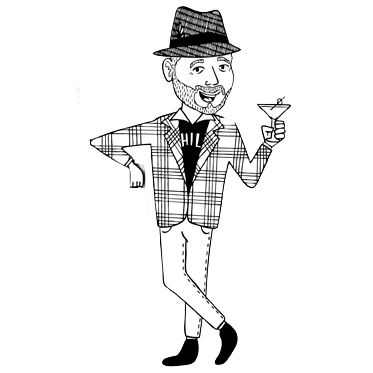Last week, I asked the question, “A Jacob Riis Eye Opening expose, photographed and written in 1890, its title is heard in the INXS song Devil Inside. What is it?” The answer was, “How the Other Half Lives.”
The book can be found online, and what I’ve read of it is fascinating. People back then were dealing with many of the same issues that we deal with today. Invasion of privacy, rights of government over people’s lives, high rates of juvenile crime.
The situation was summed up by the Society for the Improvement of the Condition of the Poor in these words: “Crazy old buildings, crowded rear tenements in filthy yards, dark, damp basements, leaking garrets, shops, outhouses, and stables converted into dwellings, though scarcely fit to shelter brutes, are habitations of thousands of our fellow-beings in this wealthy, Christian city.” “The city,” says its historian, Mrs. Martha Lamb, commenting on the era of aqueduct building between 1835 and 1845, “was a general asylum for vagrants.” Young vagabonds, the natural offspring of such “home” conditions, overran the streets. Juvenile crime increased fearfully year by year…In that year the Board ordered the cutting of more than forty-six thousand windows in interior rooms, chiefly for ventilation–for little or no light was to be had from the dark hallways. Air-shafts were unknown. The saw had a job all that summer; by early fall nearly all the orders had been carried out. Not without opposition; obstacles were
thrown in the way of the officials on the one side by the owners of the tenements, who saw in every order to repair or clean up only an item of added expense to diminish their income from the rent; on the other side by the tenants themselves, who had sunk, after a generation of unavailing protest, to the level of their surroundings, and were at last content to remain there…The basis of opposition, curiously enough was the same at both extremes; owner and tenant alike considered official interference an infringement of personal rights, and a hardship. It took long years of weary labor to make good the claim of the sunlight to such corners of the dens as it could reach at all. Not until five years after did the department succeed at last in ousting the “cave-dwellers” and closing some five hundred and fifty cellars south of Houston Street, many of them below tide-water, that had been used as living apartments. In many instances the police had to drag the tenants out by force.
Of particular interest is the chapter on The Color Line in New York, a fascinating (and remarkably liberal for its day) look at race in New York City in 1890. As for the book itself, here is the lowdown. Riis was a big Dickens fan, and it shows in his work. Anyhow, just a reminder that there is usually a lot more to a simple trivia question than an answer!














